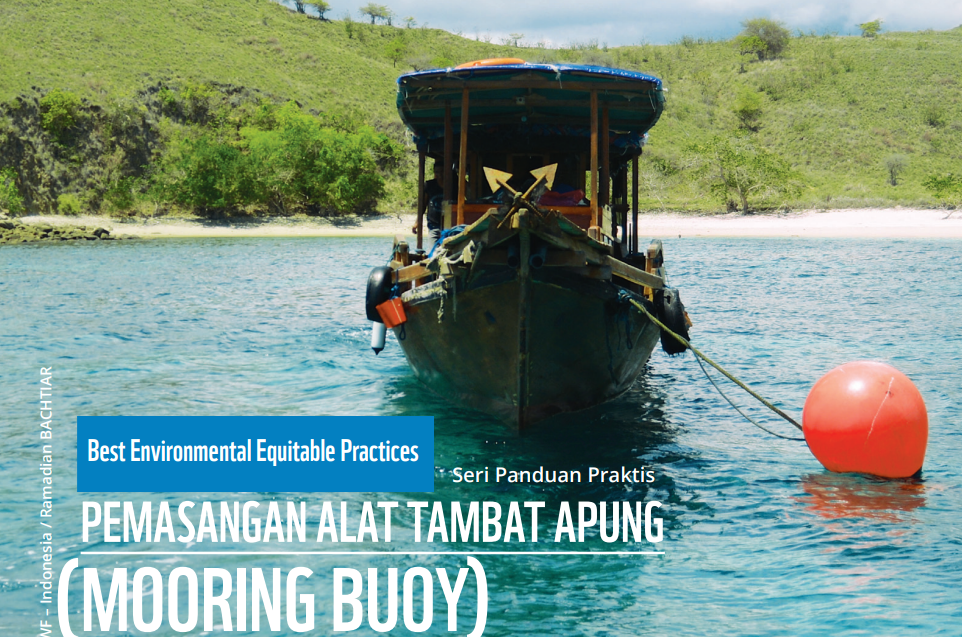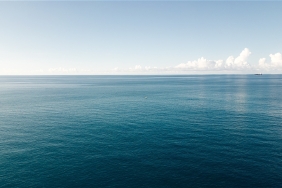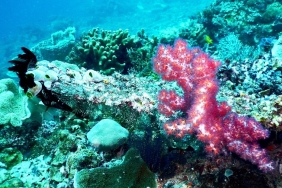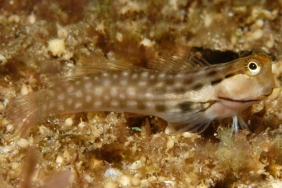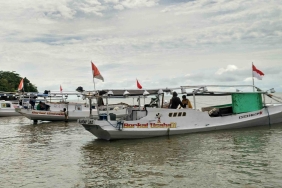BEEP - MOORING BUOY INSTALLATION
Indonesia's coral reefs area reaches 75,000 km2 which is about 12-15% of coral reefs area in the world. In the last five decades, Indonesia's coral reefs experienced sharp degradation: 30% is in good condition, 37%in average condition, and the rest of it - 33% is severely damaged. The damages were usually caused by natural factors and human activities.
In areas with high activity intensity, the chance of coral reefs damage increases sharply compared to those with less activity. Several case studies showed that coral reefs damage significantly and directly affected to the decline of surrounding resources and underwater aesthetic values. Whereas the existence of coral reefs is supposed to add economic values through tourism services.
Coral reefs rehabilitation programs do not necessarily restore the existence of coral reefs, given the fact that coral reefs require more than 10 years to return to its original state with the same level of diversity. Therefore, mooring buoy installation becomes one of the solutions to preserve the surrounding ecosystem.
Mooring buoy is needed to tie the ship during anchoring in order to avoid shift due to waves, currents, and wind as well as a tool to turn the ship. It is practical as one of many supporting tools to reduce coral reefs damage in Indonesia aquatics. With various types, designs, and purposes, mooring buoys are expected to be practitioners' and aquatic resource users' priority programs in terms of minimizing the damage.
The concept of mooring buoy itself is not complicated. Otherwise, mooring buoy installment in targeted locations where boats and ships dock and/or coral reefs are protected, are actually effective on becoming the mark or barrier to cut area utilization conflicts. From installation side, mooring buoy can be installed, moved, or removed as needed.
Therefore, this guideline is important to help marine tour practitioners regarding standard comprehensions and guides during the using and installing process of mooring buoy, especially in national park area. This guideline was organized by Responsible Marin Tourism Program team from WWF-Indonesia, supported by marine practitioners and academics.

